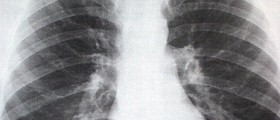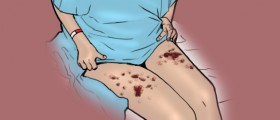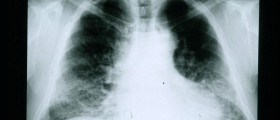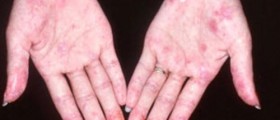Overview
Trauma to the chest due to an accident or blunt force blow from a punch or object hitting the area can be a cause for concern if the affected individual presents with certain symptoms and signs.

Possible Mild to Moderate Complications
The affected person may suffer from issues such as superficial bruising of the skin or underlying muscles of the chest, a fractured rib, a lung contusion, or ruptured vessels in the tissues of the airways resulting in mild bleeding.
Life-threatening Complications
Emergency conditions caused by blunt force trauma to the chest may include the following:
- Cardiac tamponade - this is when blood collects in between the pericardium (outer tissue covering the heart) and the myocardium (muscle of the organ) resulting in pressure being applied to the heart causing it contract less effectively.
- Pneumothorax - here the lining of the lung (pleura) tears resulting in air entering the space between the tissue and the lung and collapsing the affected organ.
- Tension pneumothorax - occurs like a normal pneumothorax but the pressure being applied to the collapsed lung is so severe that the heart and airways start to become compressed and this condition needs immediate management by decompressing the collapsed lung to relieve pressure on the other affected anatomy.
- Major bleed - the lung tissue can be subjected to enough pressure to cause the actual blood vessels in the tissue of the organ(s) to rupture and bleed. This can cause a pulmonary contusion where the lungs swell up due to bleeding in the tissue or may even lead to bleeding in or outside the lung. The former results in bleeding in the air sacs (alveoli) of the lungs resulting in decreased oxygen supply to the rest of the body and the latter is referred to as a haemothorax where the blood collects between the pleura and the lung.
Commotio Cordis
The previously mentioned conditions are potentially life-threatening but the following issue may be immediately lethal if it occurs.
The fatality rate of the condition is about 65 percent even when performing prompt cardiopulmonary resuscitation (CPR) and defibrillation (applying electrical shocks to the heart to put the organ back into a normal rhythm). The fatality rate without these forms of treatment is 80 percent.
















